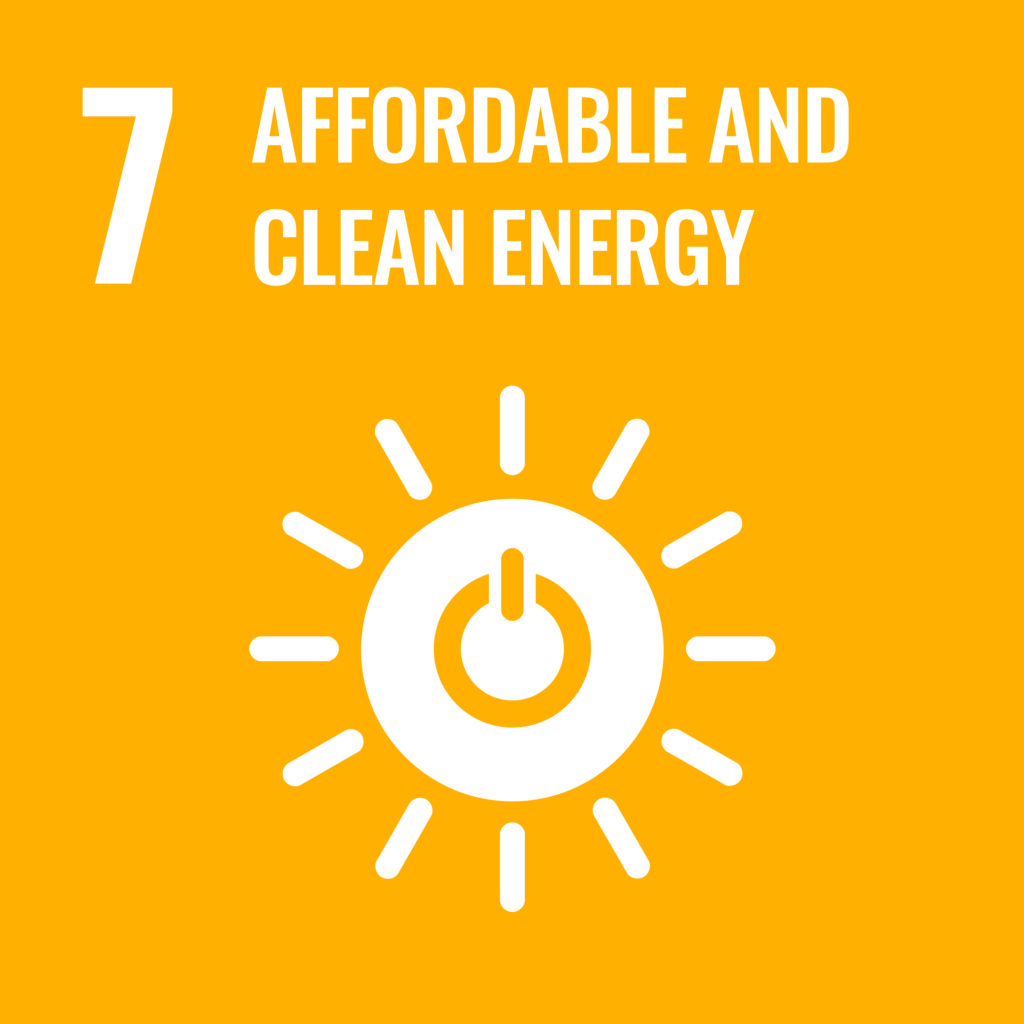Research
Resilience framework
The ongoing war in Ukraine has had a devastating impact on built environment, particularly hospitals, schools, transport networks and energy systems all essential for economic stability and recovery. This destruction includes significant losses of 450 bridges, over 500 km of railway, and 25,000 km of public roads (World Bank. Ukraine, 2024), causing substantial disruptions across Europe.
We are currently creating an inventory of damaged bridges, and other critical infrastructure assets, to quantify the upfront direct (structural) and indirect (traffic, functionality, services, environmental) losses and to inform the resilience models. We collect data and forensic evidence by people on the ground to inform resilience models.
Mitoulis, S.A., Argyroudis, S., Panteli, M., Fuggini, C., Valkaniotis, S., Hynes, W., Linkov, I. (2023) Conflict Resilience Framework for Critical Infrastructure Peacebuilding. Sustainable Cities and Society, 91(104405) https://doi.org/10.1016/j.scs.2023.104405
- A novel resilience framework is introduced to support infrastructure recovery prioritisation in Ukraine
- Resilience by assessment based on standoff observations from disparate data sources (satellite imagery, social media, OpenstreetMap)
- Reconstruction prioritisation using cost-based resilience for the benefit of the society
Research Areas
- Developing AI-powered and big data-driven methods for decision-making in post-war recovery and education planning.
- Promoting digital education and capacity building for resilient infrastructure development.
- Use of machine learning (ML), genetic algorithms (GA), and remote sensing to optimise reconstruction and energy planning.
- Data-mining and information fusion techniques to assess infrastructure damage and recovery strategies.
- Optimising resilience and sustainability in post-conflict and climate-affected infrastructure restoration.
- Enhancing energy access and efficiency through smart infrastructure design and integration of renewable energy systems.
- Leveraging digital data and multi-source knowledge (e.g. satellite, social media, crowdsourcing) for infrastructure resilience assessment.
- Climate adaptation, sustainable building design, and zero-energy infrastructure.
- Conflict- and climate-resilient recovery strategies aligned with community needs and sustainable development goals.
- Advancing inclusive partnerships for infrastructure innovation, education, and governance.






Our Publications
- Kopiika N, Karavias A, Krassakis P, Ye Z, Ninic J, Shakhovska N, Argyroudis S, Mitoulis SA (2025). Rapid post-disaster infrastructure damage characterisation enabled by remote sensing and deep learning technologies–a tiered approach. Automation in Construction, 170, 105955, https://doi.org/10.1016/j.autcon.2024.105955
- Shakhovska N, Mochurad L, Caro R, Argyroudis S. (2025). Innovative machine learning approaches for indoor air temperature forecasting in smart infrastructure. Scientific Reports, 15(1), 47 https://doi.org/10.1038/s41598-024-85026-3
- Zanevych Y, Yovbak V, Basystiuk O, Shakhovska N, Fedushko S, Argyroudis S (2024). Evaluation of Pothole Detection Performance Using Deep Learning Models Under Low-Light Conditions, Sustainability, 16(24), 10964; https://doi.org/10.3390/su162410964
- Izonin I, Muzyka R, Tkachenko R, Gregus M, Kustra N, Mitoulis SA (2024). An approach toward improvement of ensemble method’s accuracy for biomedical data classification. International Journal of Electrical and Computer Engineering https://ijece.iaescore.com/index.php/IJECE/article/view/35701
- Izonin I, Muzyka R, Tkachenko R, Dronyuk I, Yemets K, Mitoulis S-A. (2024). A Method for Reducing Training Time of ML-Based Cascade Scheme for Large-Volume Data Analysis. Sensors24(15):4762. https://doi.org/10.3390/s24154762
- Kopiika N, Ninic J, Mitoulis S (2024). Damage characterisation using Sentinel-1 images, IABSE Symposium: Construction’s Role for a World in Emergency – Manchester, United Kingdom, DOI: https://doi.org/10.2749/manchester.2024.0367
- Izonin I, Kazantzi A, Tkachenko R, Mitoulis SA (2024). GRNN-based Cascade Ensemble Model for Non-Destructive Damage State Identification: Small Data Approach. Engineering with Computers https://doi.org/10.1007/s00366-024-02048-1
- Shakhovska N, Yakovyna V, Mysak M, Mitoulis SA, Argyroudis S, Syerov Y. (2024). Real-Time Monitoring of Road Networks for Pavement Damage Detection Based on Preprocessing and Neural Networks. Big Data and Cognitive Computing, 8(10), 136. https://doi.org/10.3390/bdcc8100136
- Izonin I, Nesterenko I, Kazantzi AK, Tkachenko R, Muzyka R, Mitoulis SA (2024). Enhanced ANN-based ensemble method for bridge damage characterization using limited dataset. Scientific Reports, 14(1), 24395. https://doi.org/10.1038/s41598-024-73738-5
- Myroniuk K, Furdas Y, Zhelykh V, Adamski M, Gumen O, Savin V, Mitoulis SA (2024). Passive Ventilation of Residential Buildings Using the Trombe Wall. Buildings, 14(10), 3154. https://doi.org/10.3390/buildings14103154
- Izonin I, Tkachenko R, Mitoulis SA, Faramarzi A, Tsmots I, Mashtalir D. (2024). Machine learning for predicting energy efficiency of buildings: a small data approach. Procedia Computer Science, 231, 72-77 https://doi.org/10.1016/j.procs.2023.12.173
- Kopiika, N., Robery, P., Ninic, J., & Mitoulis, S. A. (2025). Remaining Life of Ageing RC Infrastructure for Sustainable development—Deterioration Under Climate Change. Case Studies in Construction Materials, 22. https://doi.org/10.1016/j.cscm.2025.e04757